Complete the following reactions:
a. 
b. 
c. 
d. 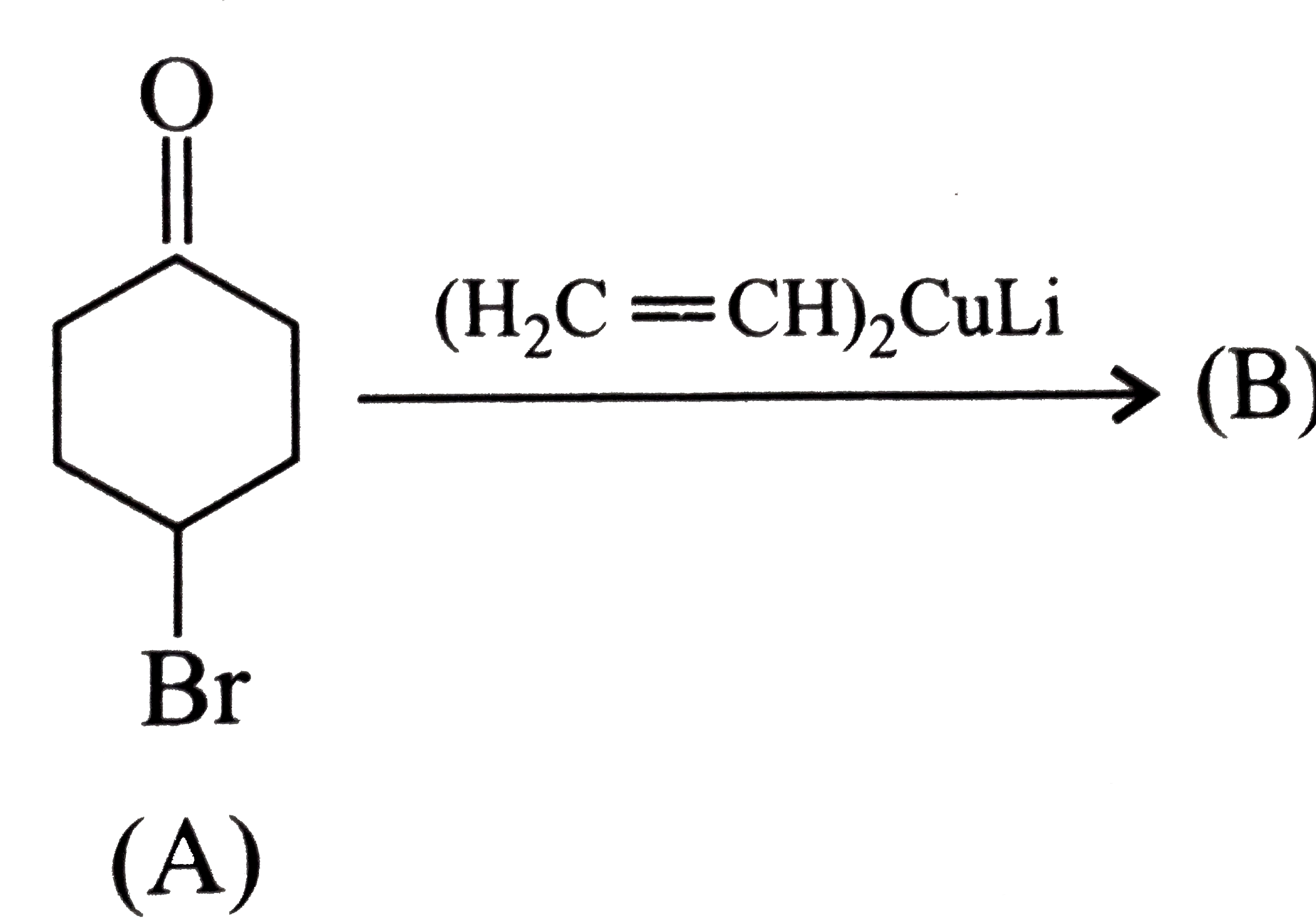
e. 
f. 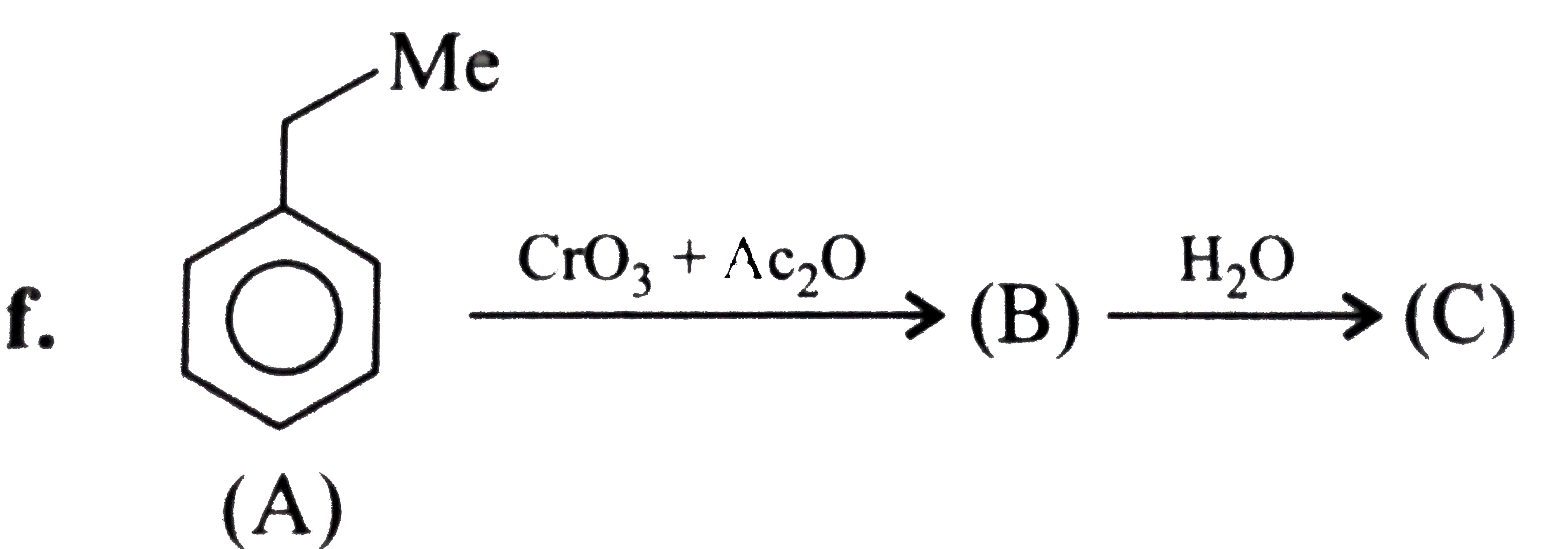
g. 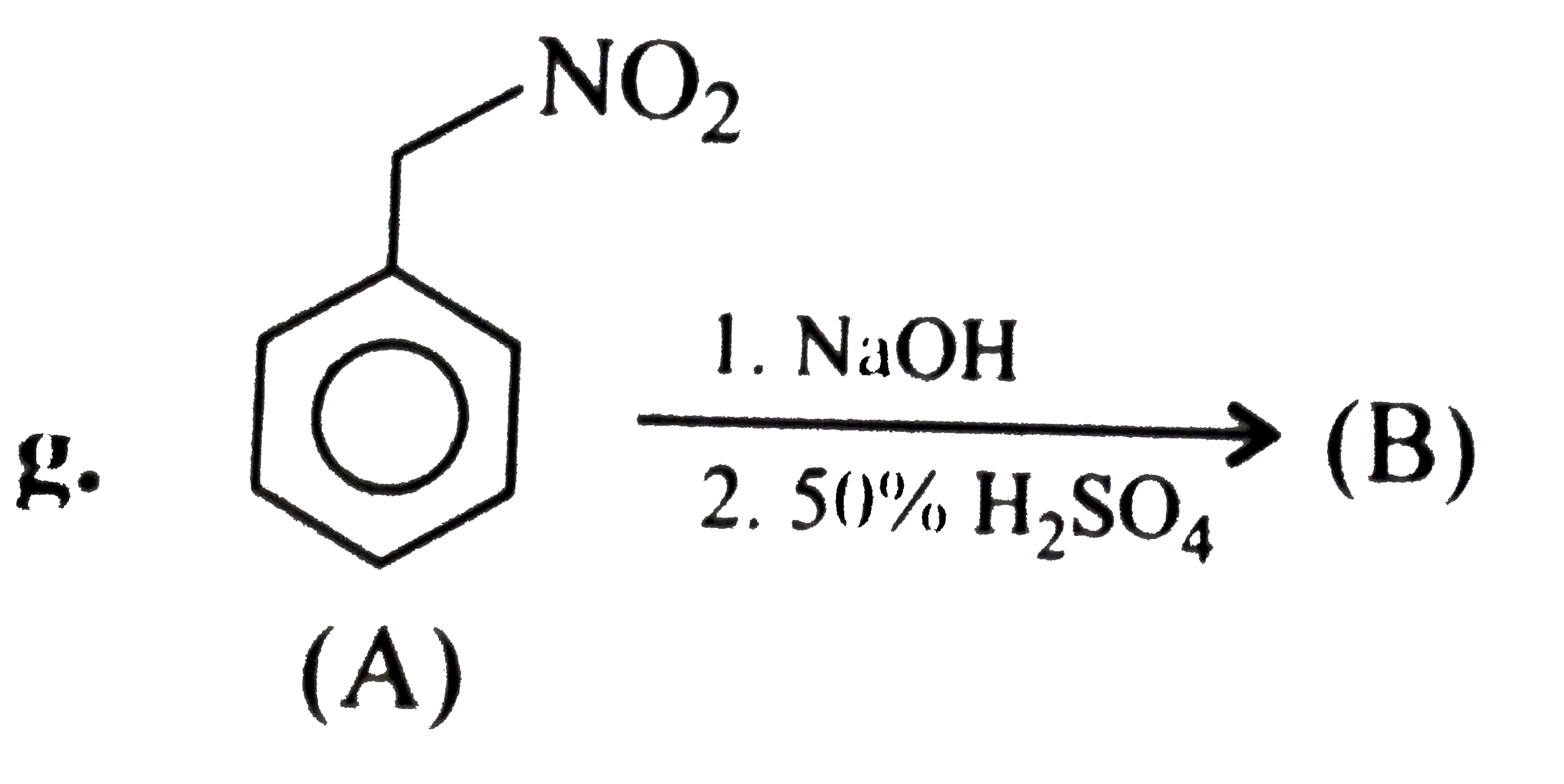
h. 
i. 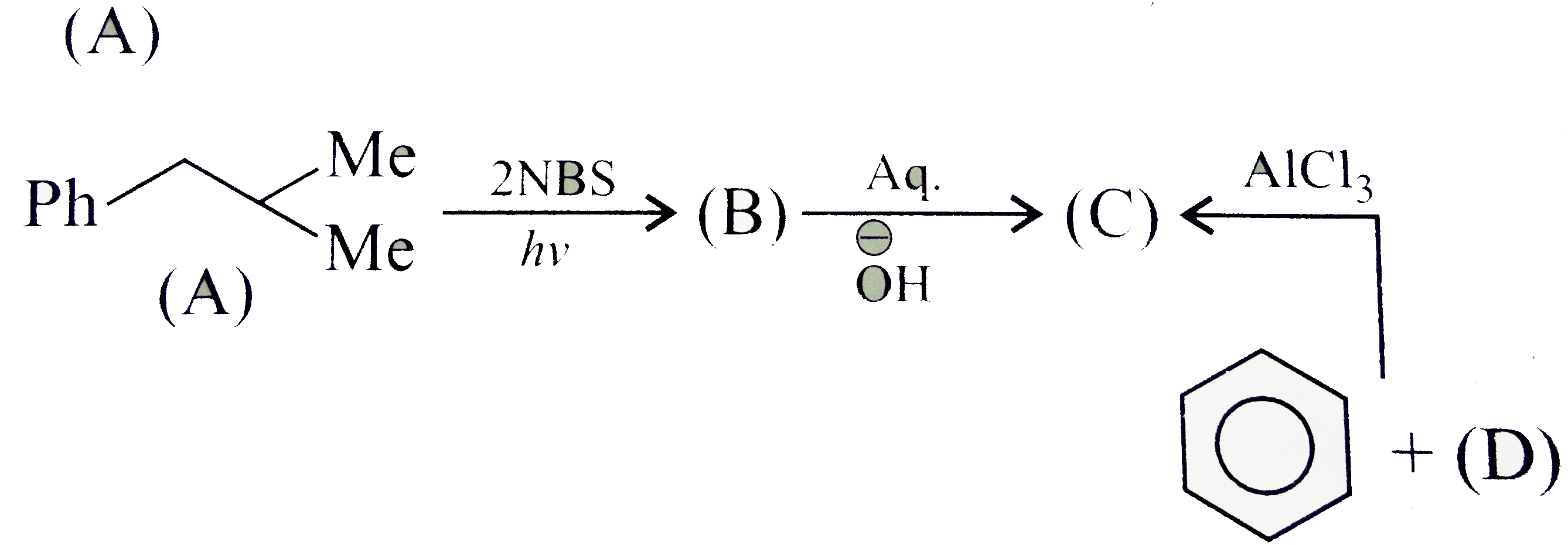
a. 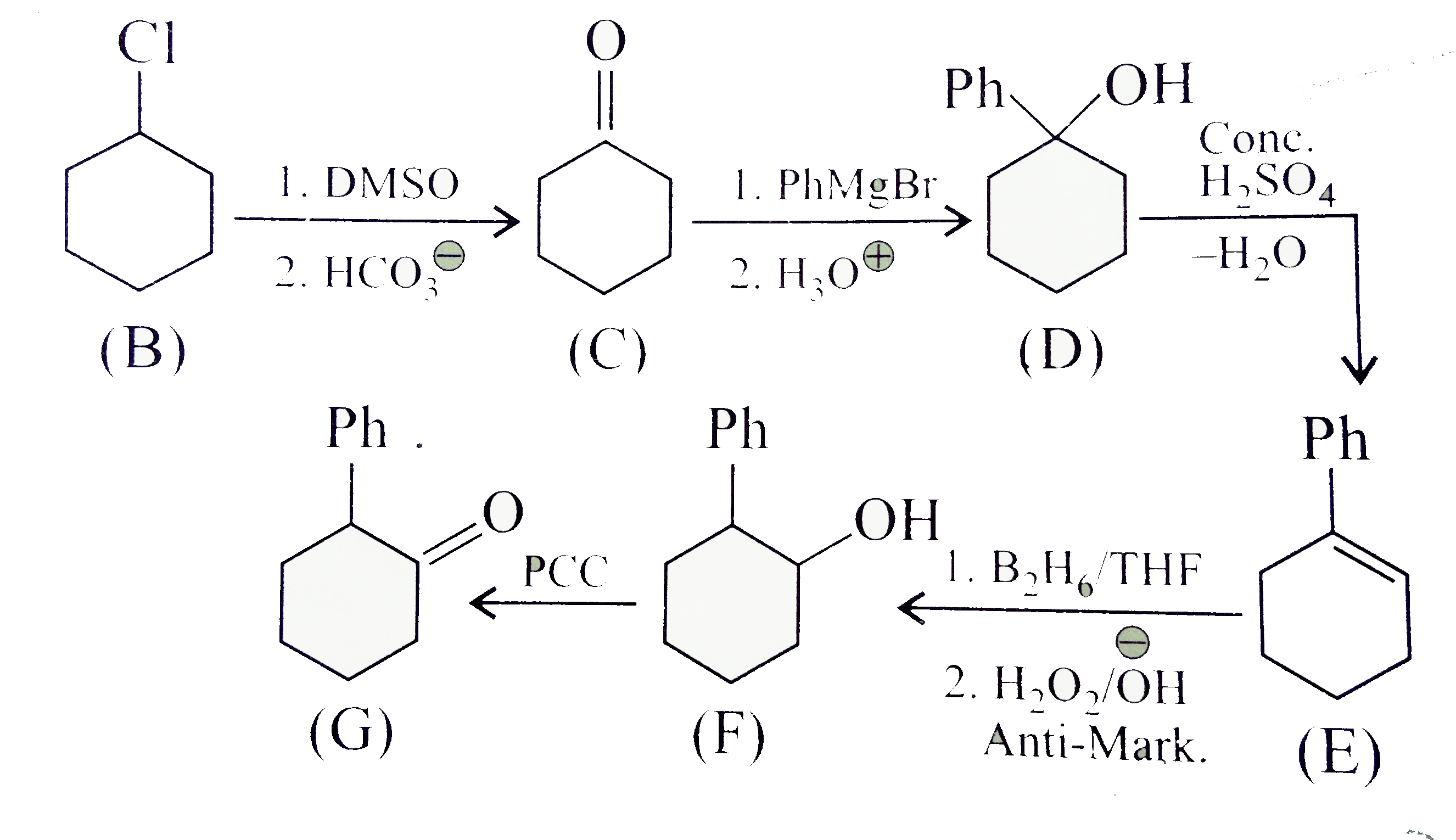
b. 
c. 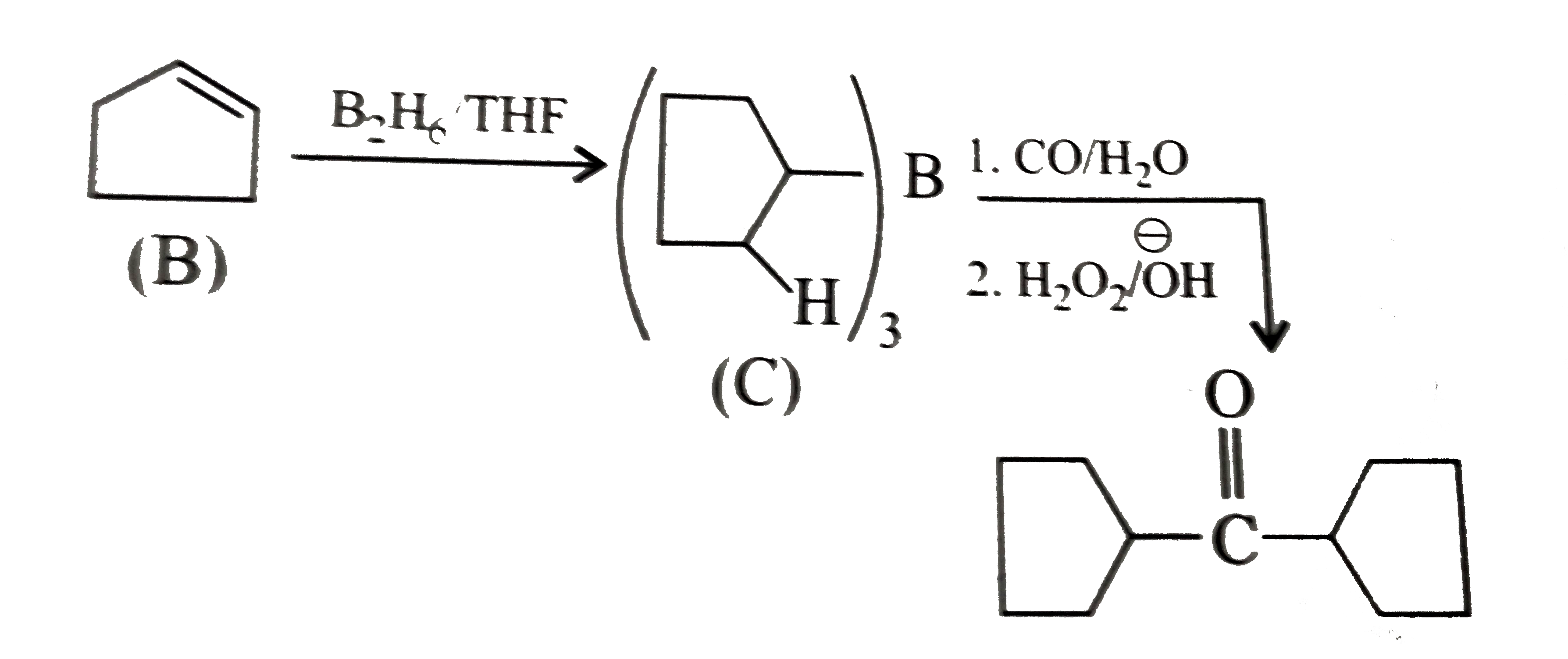
d. R2CuLi does not add to (C=O) bond but couples.

e. This is an example of 1,4−addition or conjugate addition to an α,β−unsaturated carbony1 compound.
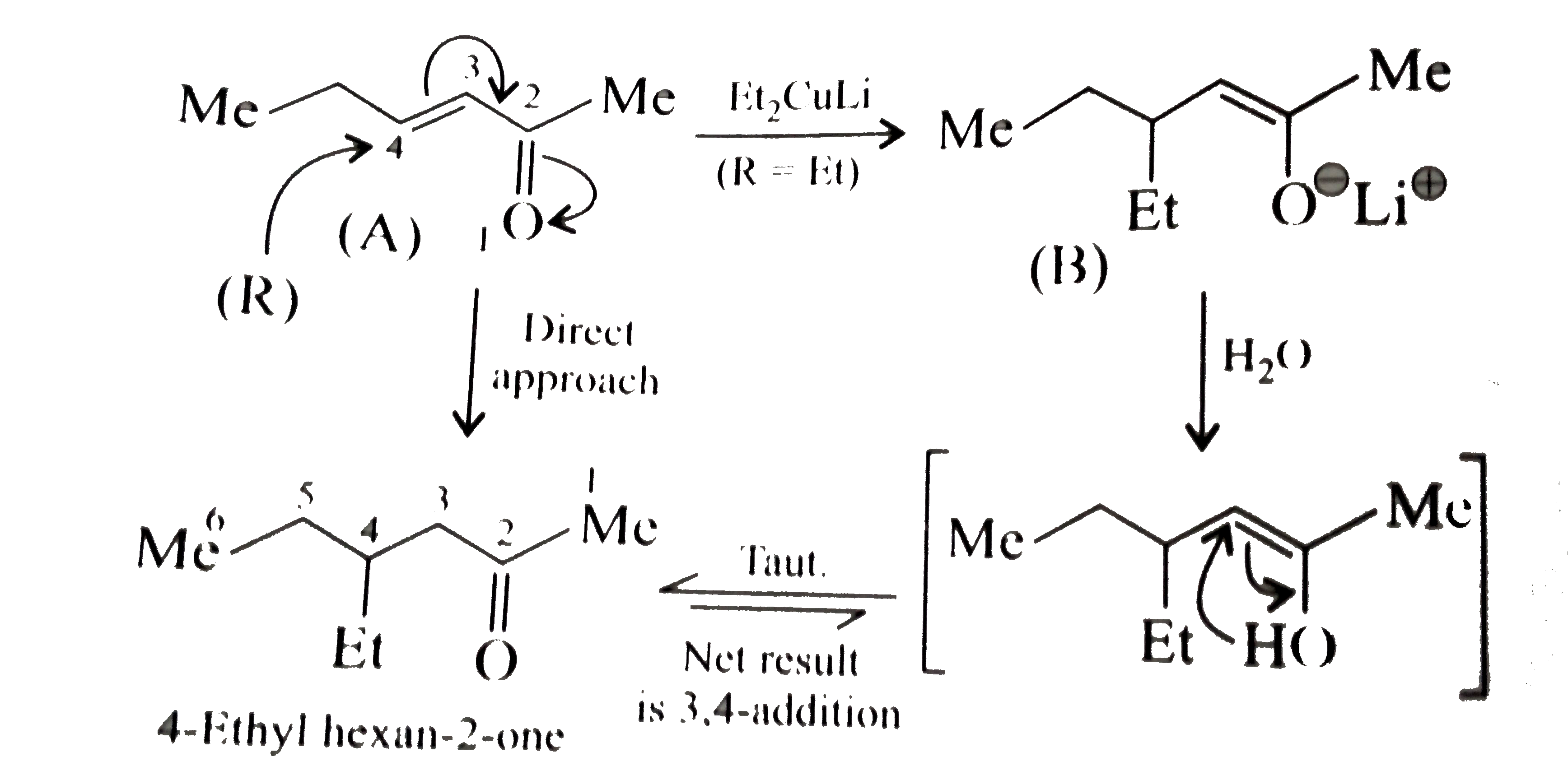
f. It is an example of partial oxidation of (CH3) to (−CHO) (Etard type reaction). Only terminal CH3 is oxidised to (−CHO).
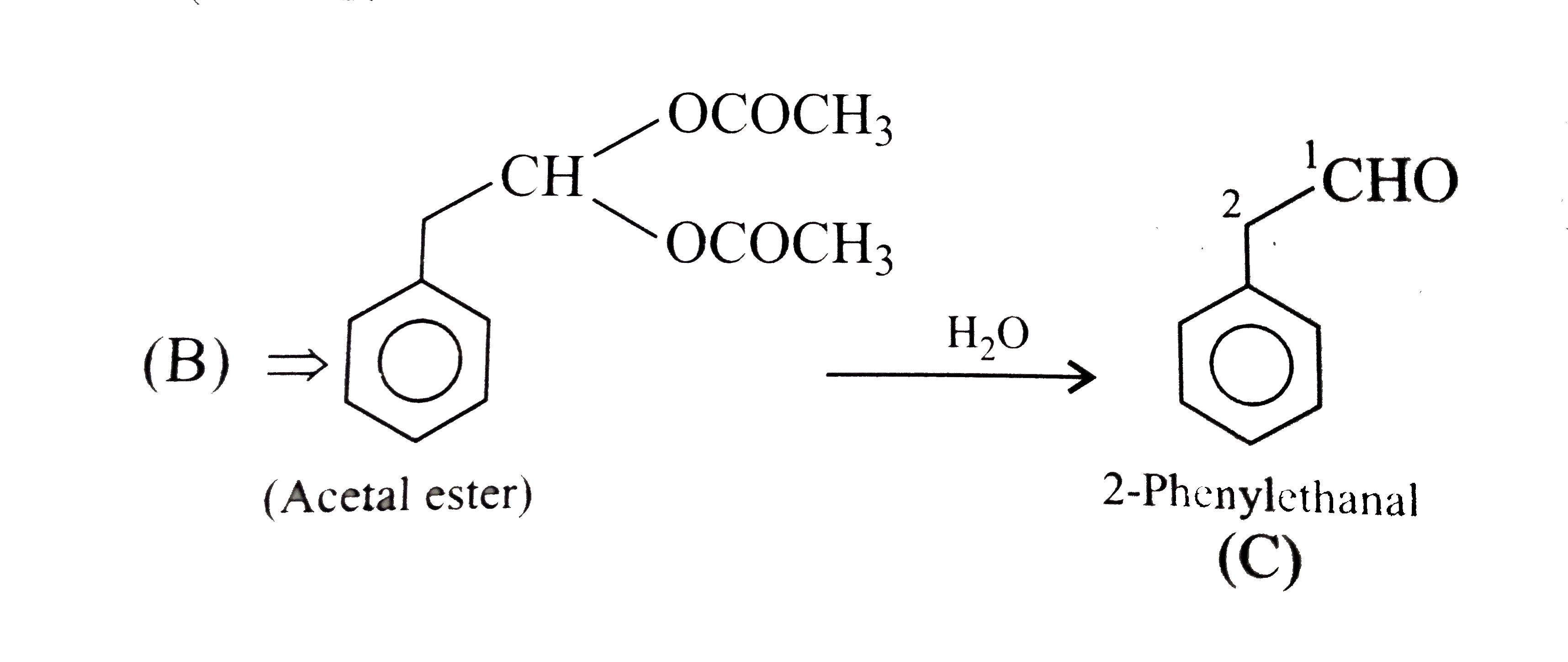
Formation of acetral ester prevents further oxidation of the intermediate aldehyde to acid (−COOH) group.
g. 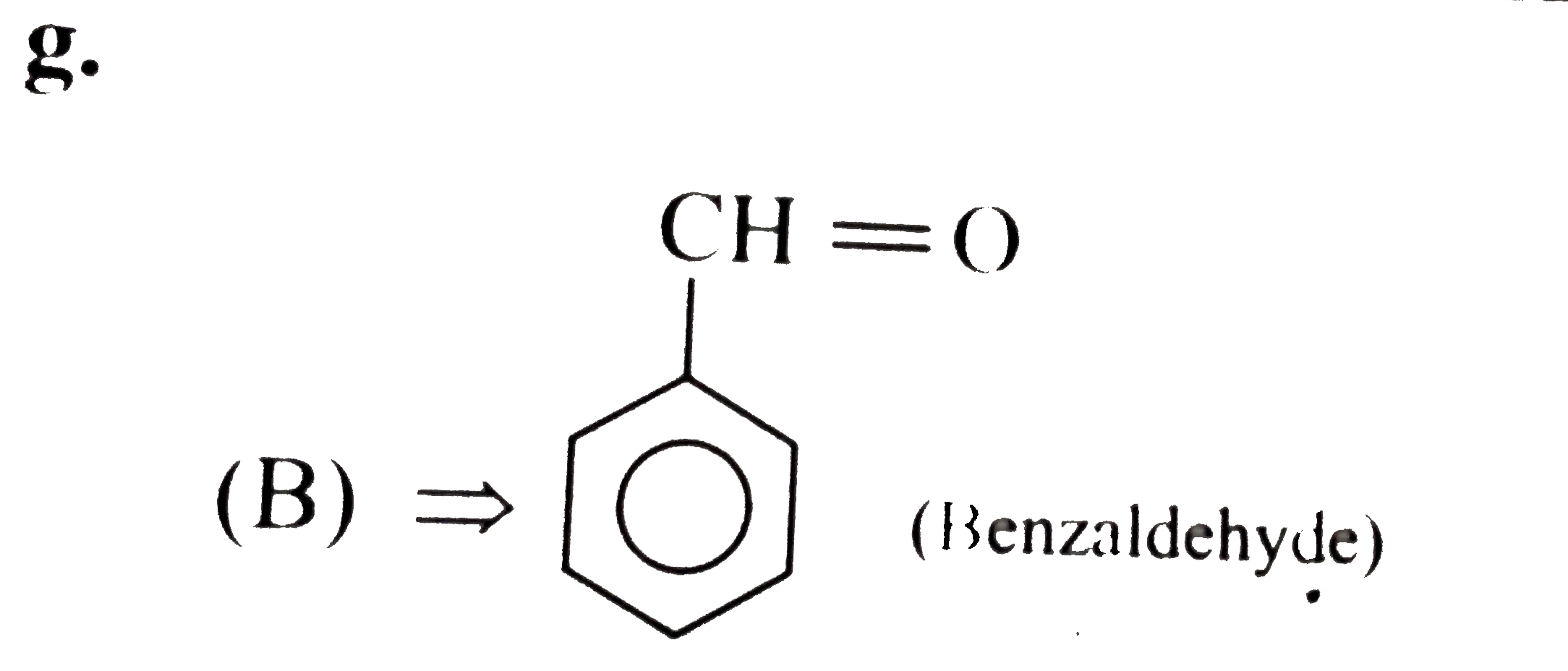
h. It is an example of Gattermann-Koch synthesis. The reaction takes place at ρ−position.

i. 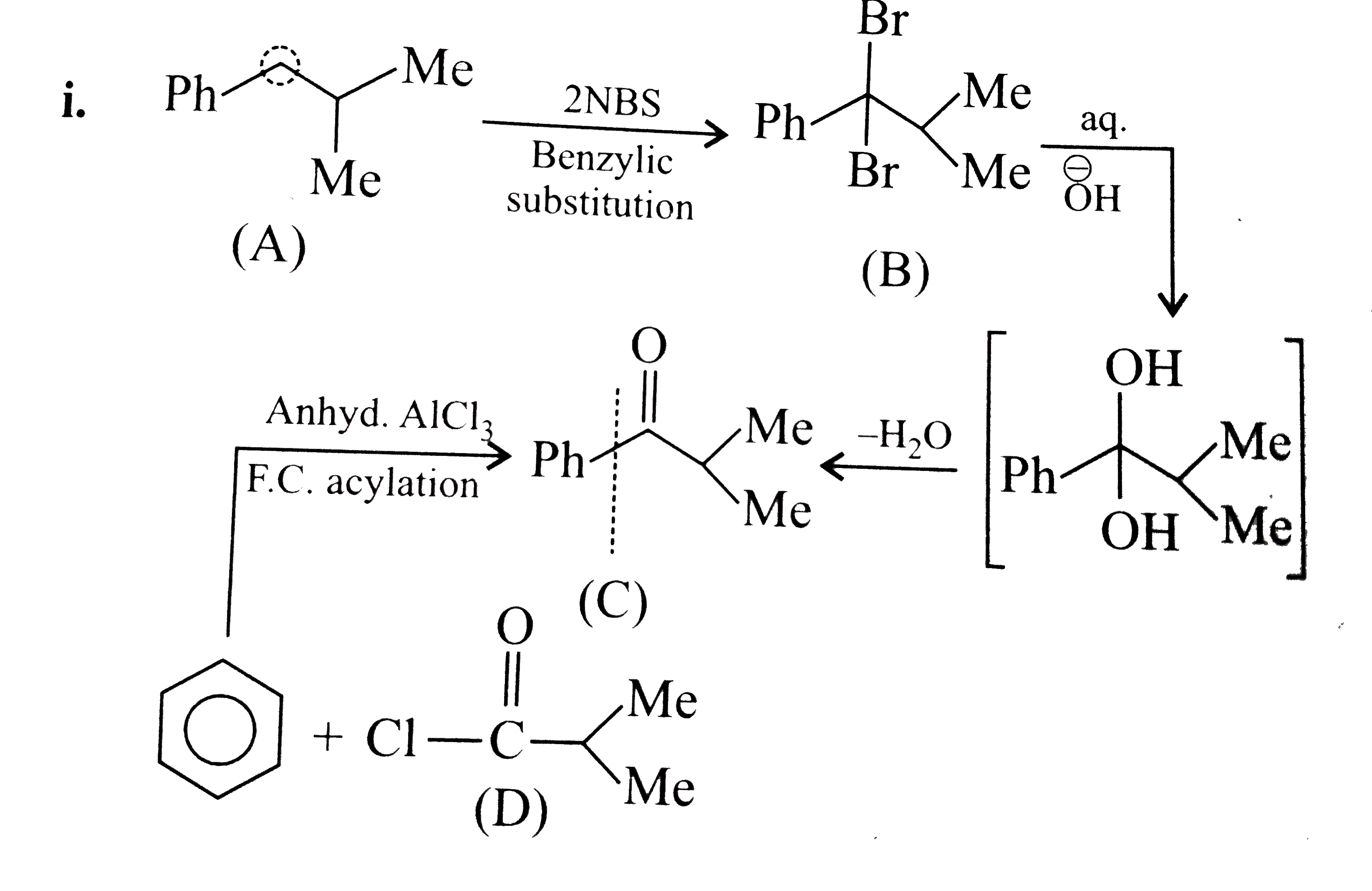
Topper's Solved these Questions
- ALIPHATIC AND AROMATIC ALDEHYDES AND KETONESBOOK - CENGAGE CHEMISTRYCHAPTER - ALIPHATIC AND AROMATIC ALDEHYDES AND KETONESEXERCISE - Solved Examples
13 Videos
- ALIPHATIC AND AROMATIC ALDEHYDES AND KETONESBOOK - CENGAGE CHEMISTRYCHAPTER - ALIPHATIC AND AROMATIC ALDEHYDES AND KETONESEXERCISE - Exercises Subjective
52 Videos
- ALCOHOL,PHENOL AND ETHERSBOOK - CENGAGE CHEMISTRYCHAPTER - ALCOHOL,PHENOL AND ETHERSEXERCISE - Archives Analytical And Descriptive
15 Videos
- AMINESBOOK - CENGAGE CHEMISTRYCHAPTER - AMINESEXERCISE - QUESTION BANK
1 Videos
Similar Questions
Complete the following reactions :
a.
b.
c.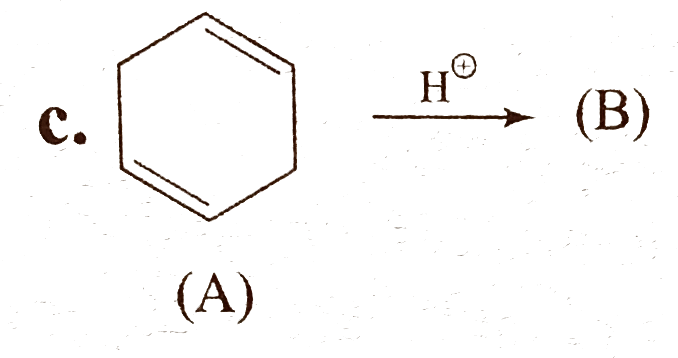
d.
e.
f.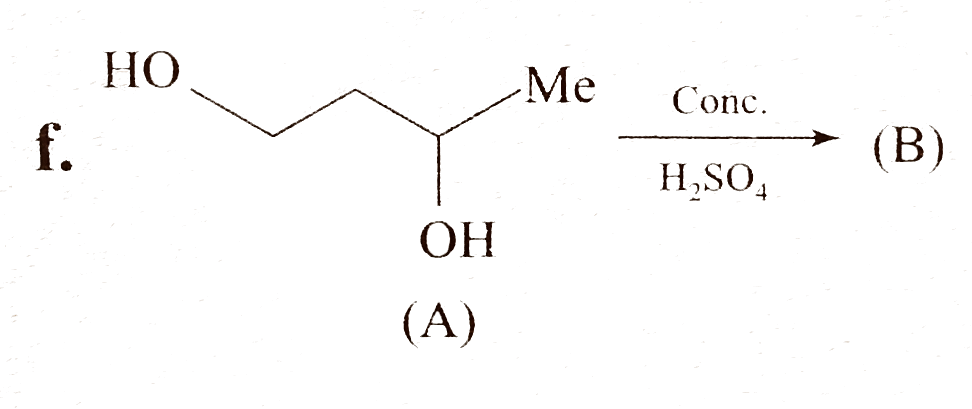
g.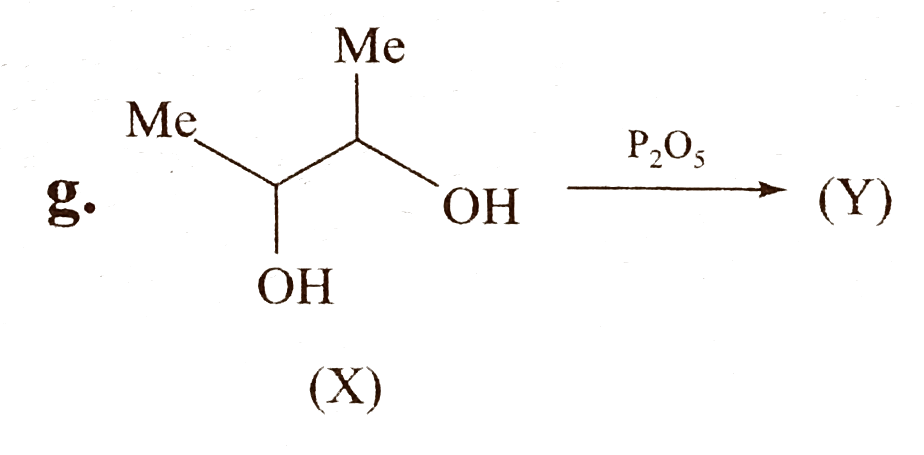 ltbr h.
ltbr h. 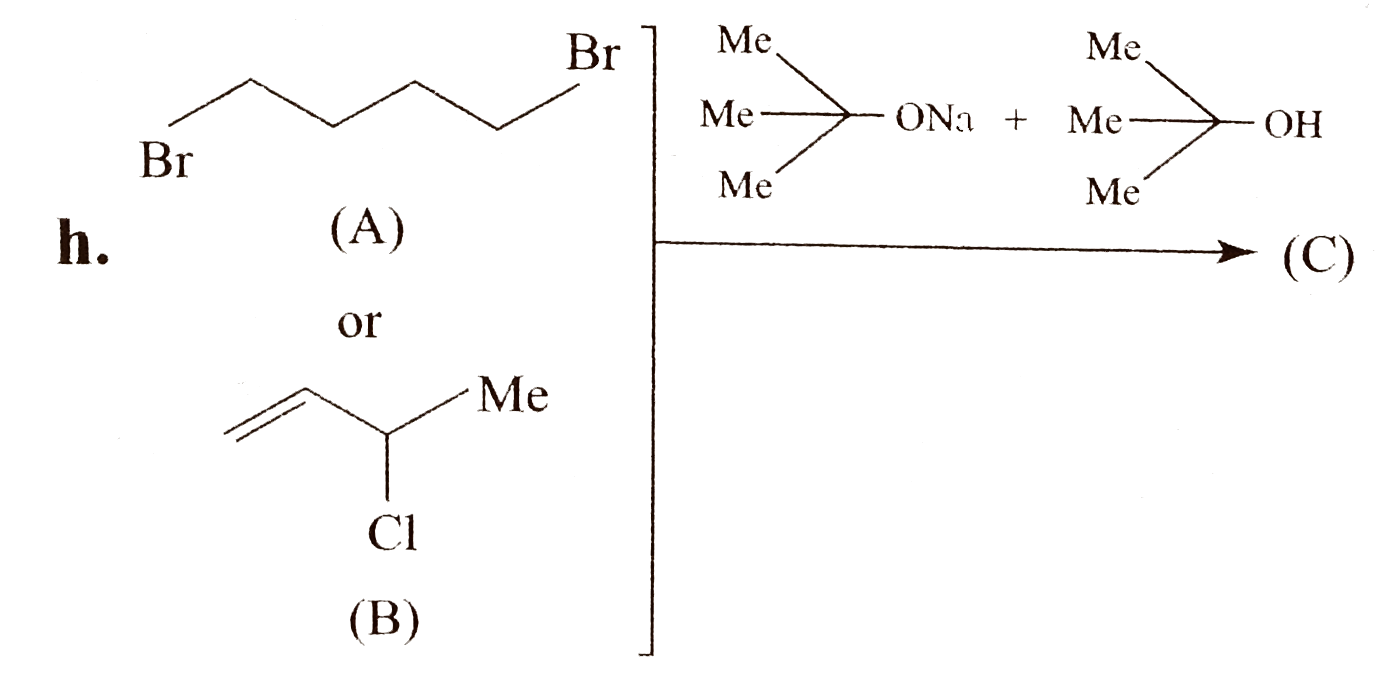
i.
j.
k.CH2=C=CH2(A)KNH2−−−−→orC2H5ONa+C2H5OH(B)
View SolutionWhich of the following show G.I.?
a.
b.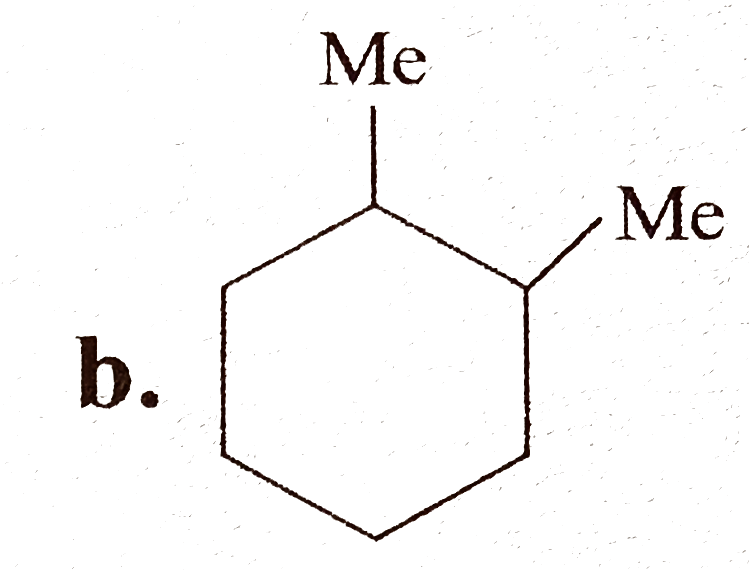
c.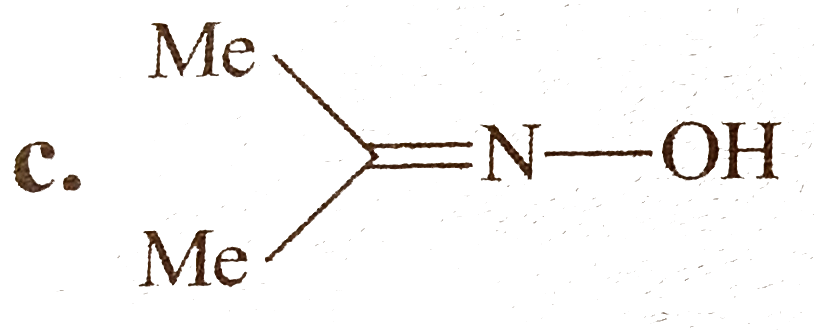
d.
e.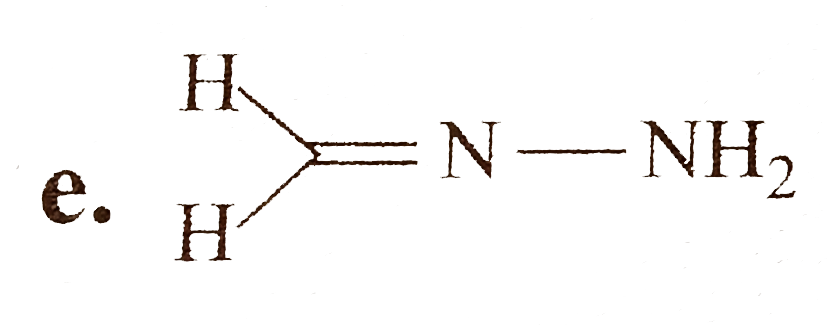
f.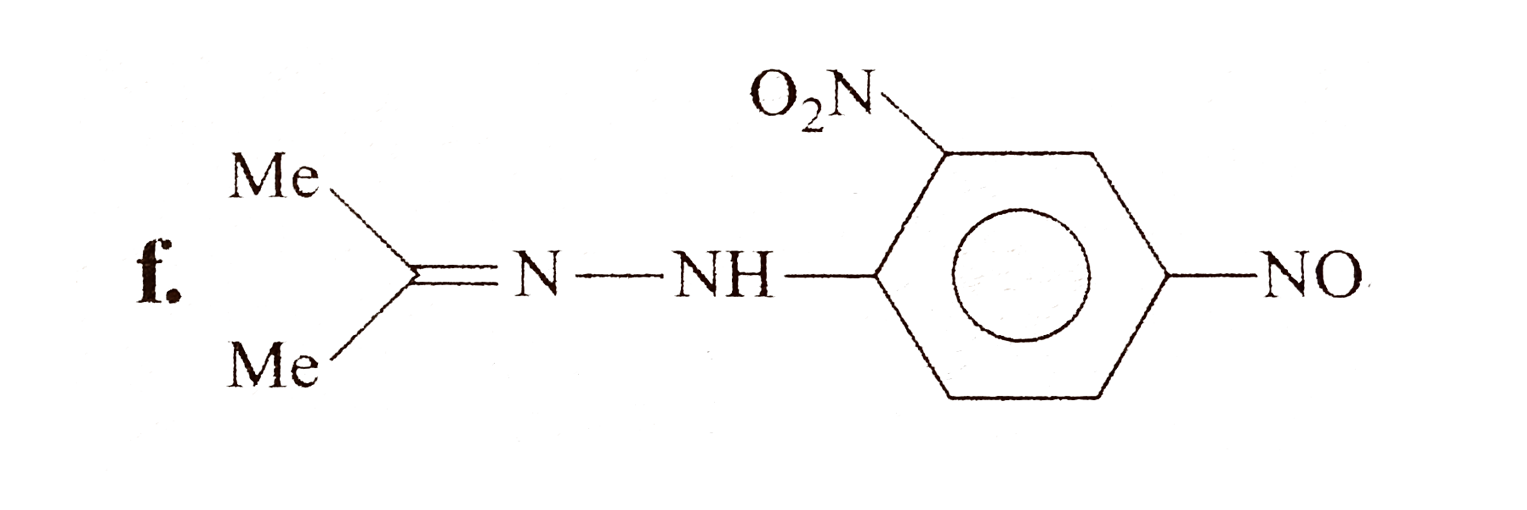
g.
h.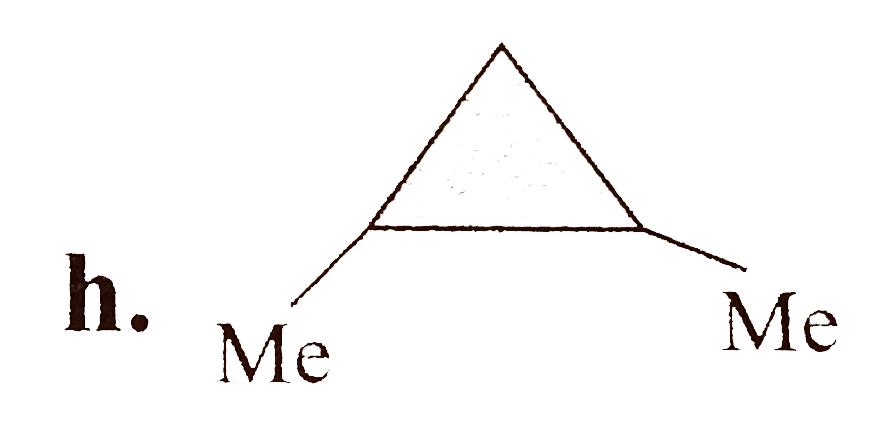
i.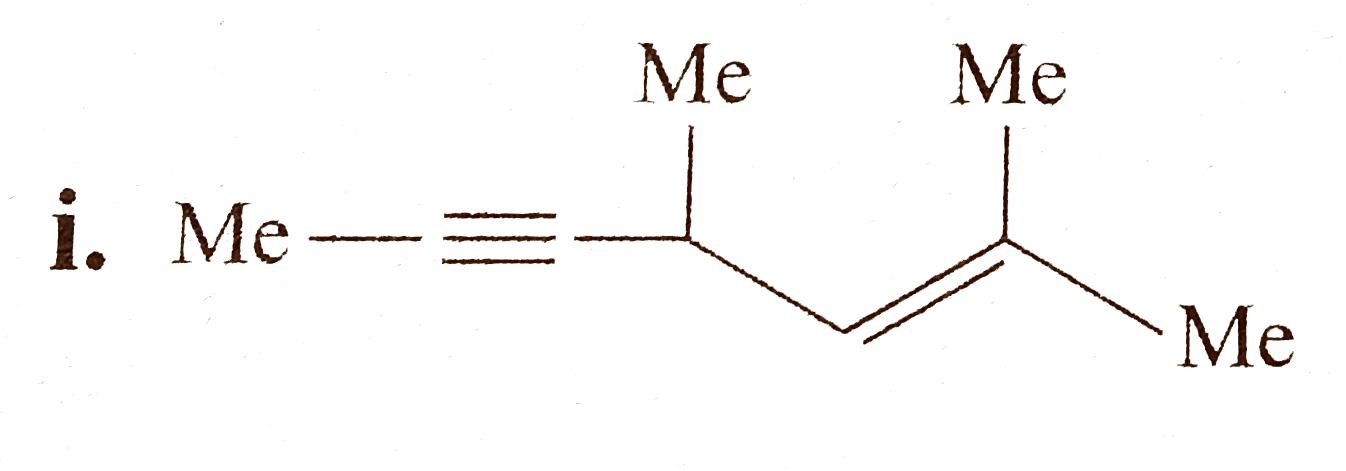
j.
k.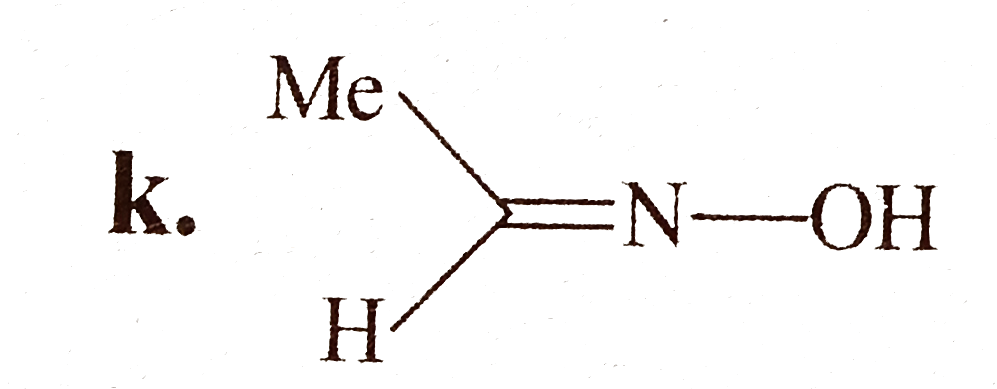
l.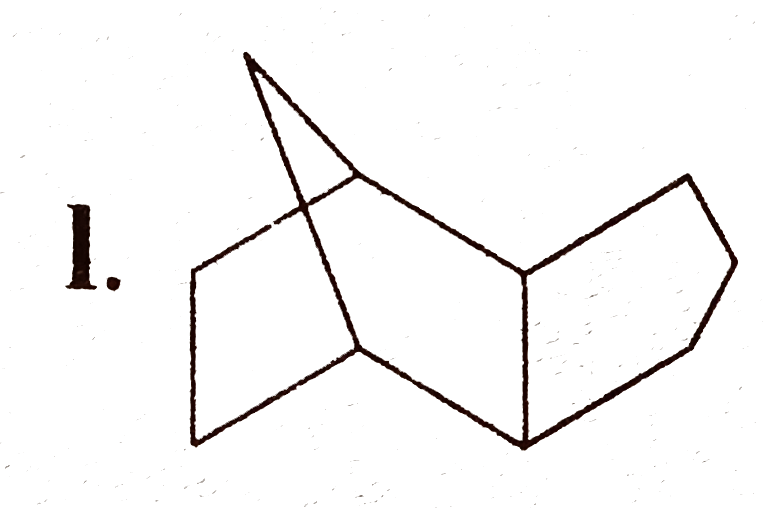
View SolutionIf U={a,b,c,d,e,f,g,h}, find the complements of the following sets :(i) A={a,b,c} (ii) B={d,e,f,g] (iii) C={a,c,e,g} (iv) D={f,g,h,a)
View SolutionIf U={a,b,c,d,e,f,g,h}, find the complements of the following sets :(i) A={a,b,c} (ii) B={d,e,f,g] (iii) C={a,c,e,g} (iv) D={f,g,h,a)
View SolutionName the following reactants also give names of reactions involved.
a.
b.
c.
d.
e.
f.
g.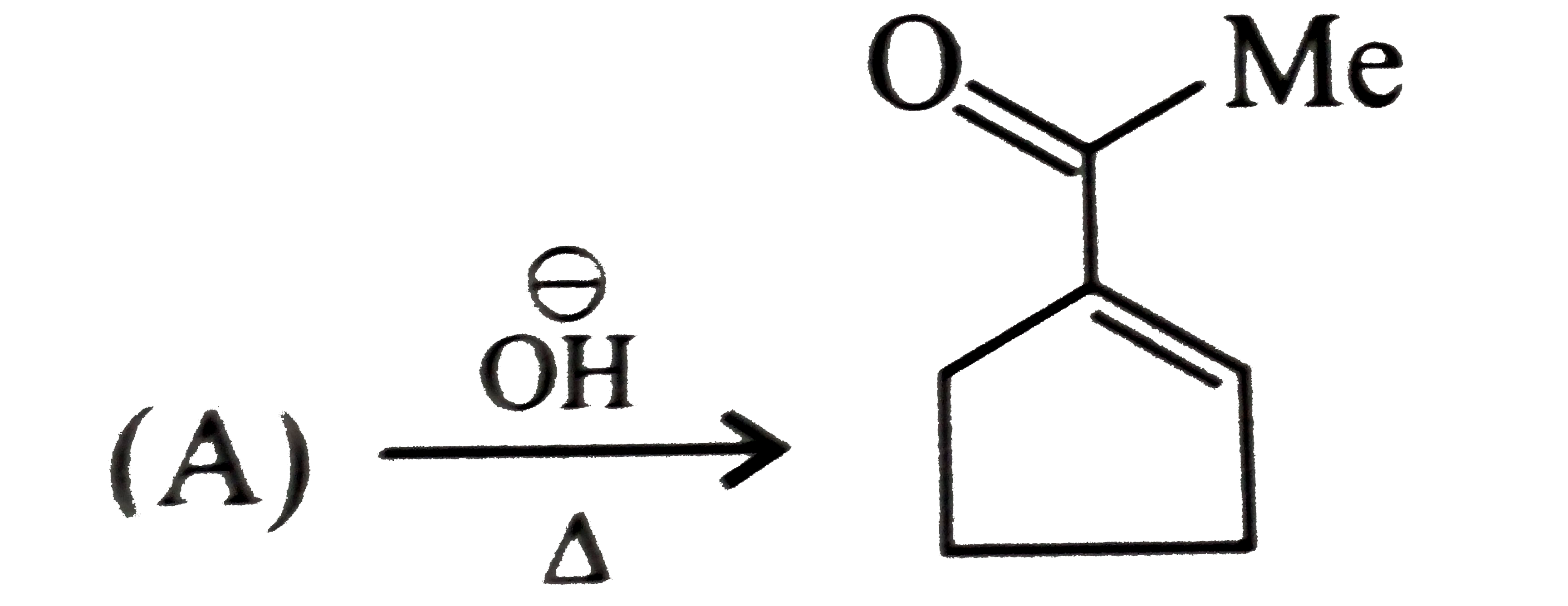
h.
i.
j.
k.
View SolutionWhat should come next in the following letter series ?
A A B A B C A B C D A B C D E A B C D E F A B C D E F ?
1) A
2) H
3) G
4) I
5) None of these
View SolutionWhat should come next in the following letter series ?
H G F E D C B A H G F E D C B A H G F E D C B A H ?
1) G
2) E
3) A
4) I
5) None of these
View SolutionComplete the following reaction :
(a)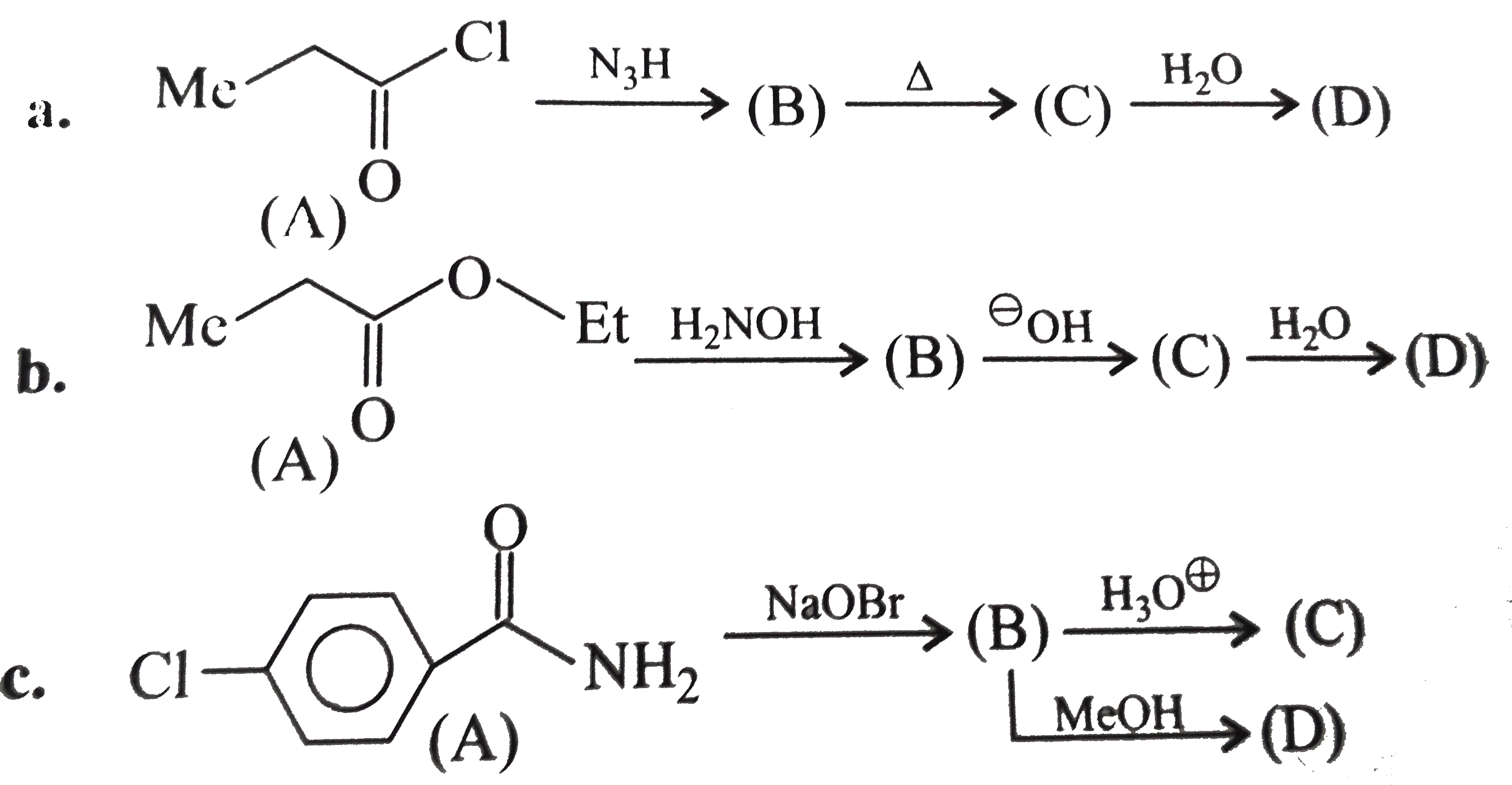
(b)
( c)
(d)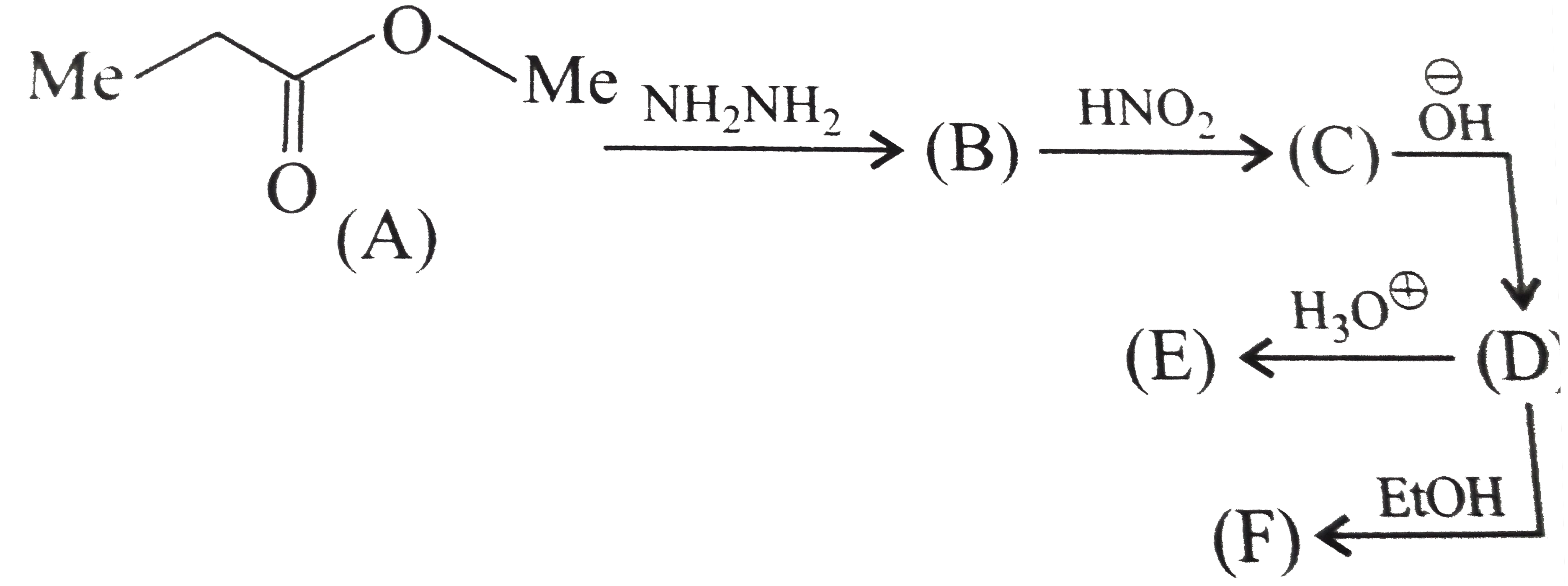
( e)
(f) PhCHON3H/H⊕−−−−−→Δ(B)H3O⊕−−−→(C)+(D)
(g)
View SolutionWhat should come next in the following letter series ?
H G F E D C B A G F E D C B A F E D C B A ?
1) E
2) G
3) F
4) B
5) None of these
View SolutionWhat should come next in the following letter series ?
I H G F E D C B A I H G F E D C I H G F E?
1) I
2) D
3) B
4) A
5) none of these
View Solution
